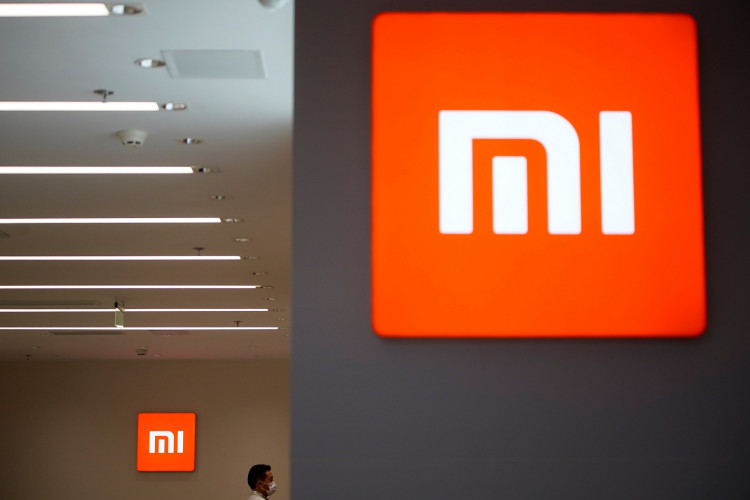Xiaomi Car, having made a successful debut, continues to ride high on its initial achievements. Lei Jun, during the Xiaomi Investment Conference held on April 23, announced that as of April 20, pre-orders for the Xiaomi SU7 had exceeded 70,000 units, leading the company to increase its annual delivery target to over 100,000 vehicles.
Following this initial success, the automotive industry is keen to understand Xiaomi's future product plans and whether the company can sustain this sales momentum. Industry sources revealed that Xiaomi's second vehicle will be a pure electric SUV, expected to launch in the first half of 2025, continuing the design standards set by the first model, according to 36Kr. The third vehicle, preliminarily priced at 150,000 yuan, is slated for release in 2026.
Xiaomi's clear product planning strategy aims to establish the brand with high-end sedans and SUVs before introducing more affordable models to capture a broader market segment.
Three Planned Models: Stepping Into Competitive Pricing Waters
For Xiaomi's first model, the SU7, the mission was clear - to replace the Tesla Model 3 as the benchmark for pure electric sedans and establish Xiaomi's performance baseline. The SU7 has taken a successful first step in car manufacturing, with Lei Jun expressing during an April 18 livestream that the goal is for the SU7 to become the best-selling model in its price segment.
After its release, the SU7 underwent various independent crash tests and received attention for braking issues experienced during track driving. Lei Jun emphasized that while the three versions of the SU7 on the market are powerful, they are designed as family cars and not suitable for track driving. Xiaomi is developing high-performance kits specifically for the racetrack to address these issues.
The components of the currently sold SU7 versions are developed with a focus on comfort and quietness and do not support aggressive driving needs. Xiaomi is expected to introduce high-performance kits by the end of the year, aligning with the launch of the V8s super motor to enhance performance in racetrack settings.
The positioning of the performance cars appeals to young people but causes many families to wait and see, given the cars' specs. By targeting the family market, Xiaomi aims to secure a solid customer base as it works toward breaking into the global top five automakers.
The second pure electric SUV set for a 2025 release will help Xiaomi penetrate deeper into the mainstream market. Insiders close to the Xiaomi car team suggest that although the market reception of the SU7 has been positive, it inevitably leaves some room for improvement, which will be addressed in the upcoming SUV products.
Xiaomi must recognize that SUV and sedan buyers differ significantly, and simply enlarging the dimensions of the SU7 may not meet market expectations. The pure electric SUV must quickly match competitors in terms of spacious interiors, advanced intelligent driving features, and a smooth cabin experience.
Furthermore, Xiaomi needs to understand the household SUV market better, identify pain points not addressed by current models, and create a genuinely useful family vehicle.
After establishing a foothold with mainstream sedan and SUV models, Xiaomi's third vehicle aims to be an affordable, high-volume model.
An insider said that Xiaomi's third model is particularly cost-sensitive, priced around 150,000 yuan, and holds high production and sales expectations that exceed those of the previous models, as reported by 36Kr.
As Xiaomi continues to make waves with the SU7, it faces the challenge of balancing its rapid success with careful planning and execution of upcoming models to maintain its competitive edge.




